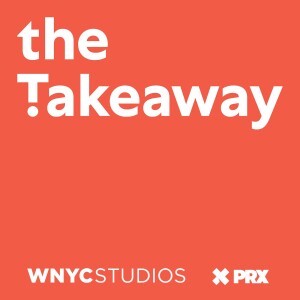
March will mark one year since students began learning from home. Today, about half the students in the United States are still learning remotely. While Zoom classrooms filled the gap at the beginning of the pandemic, it’s not a sustainable measure. Many parents have grown exasperated trying to help their kids through online classes as their children deal with the lack of socialization and in-person interaction. Others fear that sending their child back to school could compromise the health and safety of other members of the household.
Returning K-8 students for in-person instruction was one of President Biden’s most prominent campaign promises. While the administration is weighing additional guidance from the CDC and input from teacher’s unions, parents, and governors, there is no policy prescription that will erase the fear many teachers have regarding returning to the classroom amid the rise of more transmissible variants of coronavirus.
Marguerite Roza, research professor at Georgetown University and director of the Edunomics Lab, and Dana Goldstein, national reporter at the New York Times covering education, address President Biden’s plan to reopen schools. Plus, Howard Stevenson, director of the Racial Empowerment Collaborative at the University of Pennsylvania's Graduate School of Education, describes why Black and Hispanic parents are less likely to send their children back for in-person learning after being on the receiving end of discriminatory practices at the hands of institutions, including schools. And, Randi Weingarten, president of the American Federation of Teachers, describes the challenges for getting teachers back in the classroom after a year of remote teaching and muddled federal guidance from the Trump administration.
Some music for this podcast by I Think Like Midnight.
More Episodes
 2020-09-25
2020-09-25
 2020-09-18
2020-09-18
 2020-08-28
2020-08-28
 2020-08-21
2020-08-21
 2020-08-14
2020-08-14
 2020-08-10
2020-08-10
 2020-08-09
2020-08-09
 2020-08-01
2020-08-01
 2020-07-31
2020-07-31
 2020-07-25
2020-07-25
 2020-07-24
2020-07-24
 2020-07-20
2020-07-20
 2020-07-17
2020-07-17
Create your
podcast in
minutes
- Full-featured podcast site
- Unlimited storage and bandwidth
- Comprehensive podcast stats
- Distribute to Apple Podcasts, Spotify, and more
- Make money with your podcast
It is Free
- Privacy Policy
- Cookie Policy
- Terms of Use
- Consent Preferences
- Copyright © 2015-2024 Podbean.com





